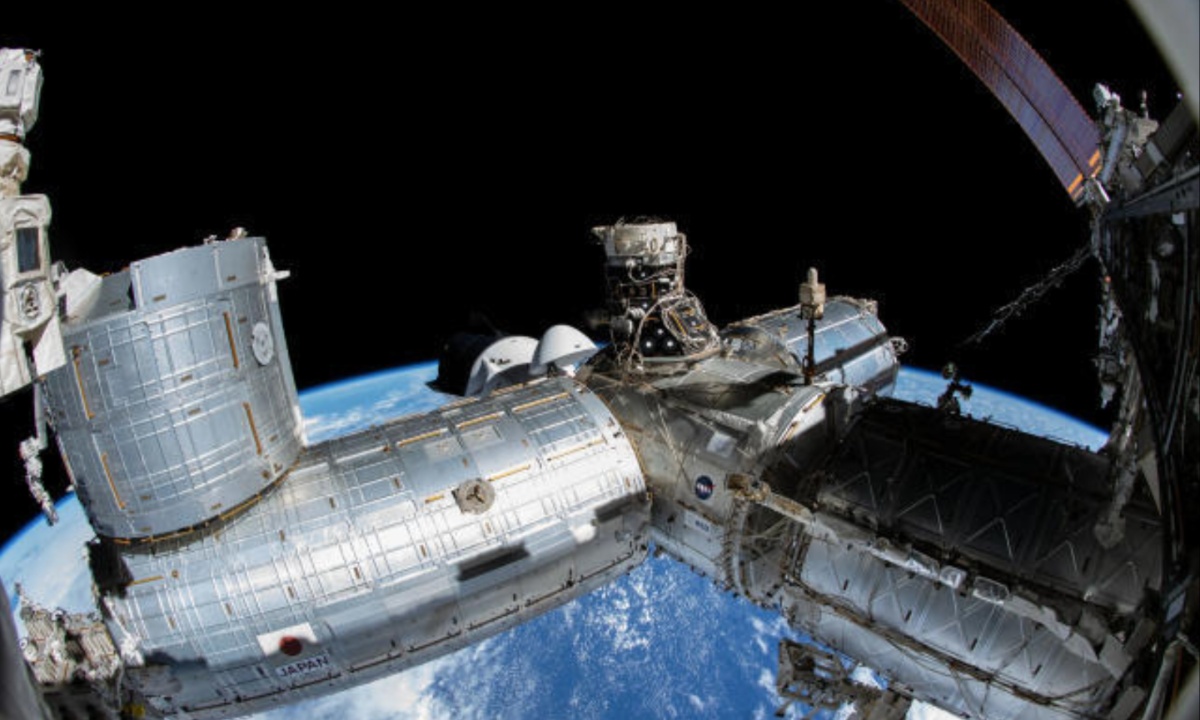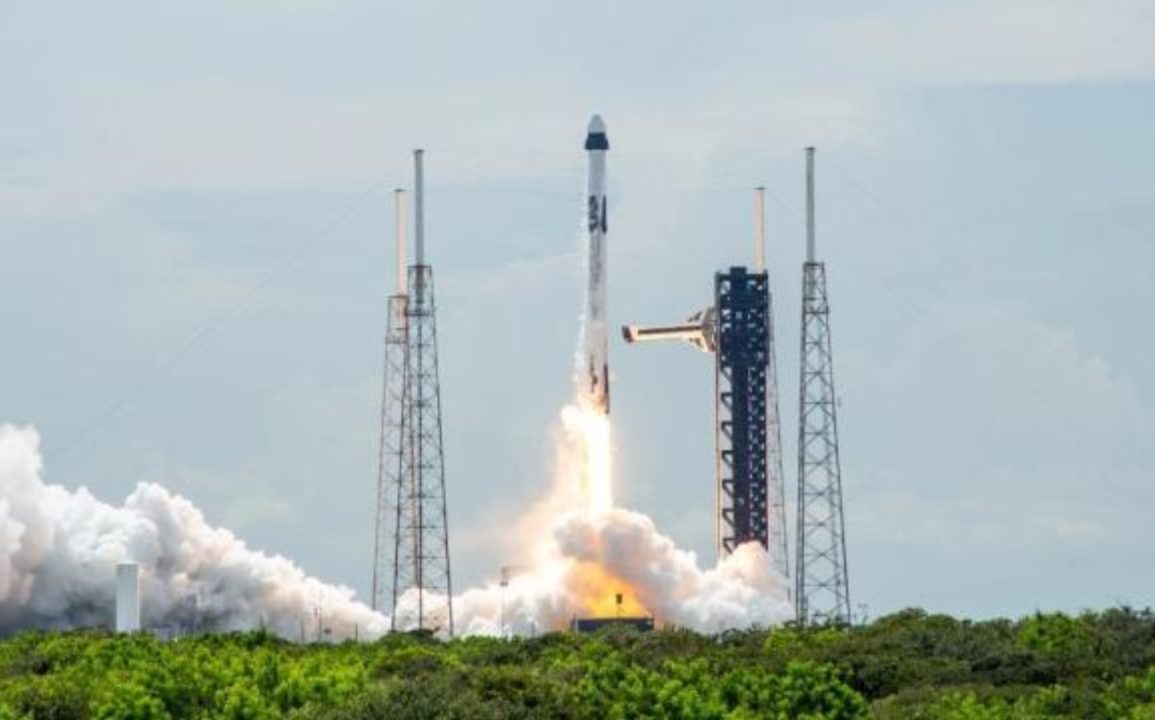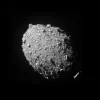On Monday evening, SpaceX successfully launched an uncrewed Dragon cargo ship, delivering approximately three tons of supplies, scientific instruments, and equipment to the International Space Station (ISS). This mission, which coincided with election eve, included various payloads such as an innovative wooden satellite, a solar wind monitor, and holiday food items for the ISS crew.
The Falcon 9 rocket lifted off from launch pad 39A at Kennedy Space Center at 9:29 p.m. EST, illuminating the night sky with 1.7 million pounds of thrust as it ascended.
Once the rocket cleared the dense lower atmosphere, its first stage detached and executed a successful landing at Cape Canaveral Space Force Station, marking a significant milestone as SpaceX’s 57th booster recovery. Meanwhile, the second stage of the Falcon 9 continued its journey to space. Approximately ten minutes post-launch, the engine of the second stage powered down, allowing the Dragon capsule to separate and begin its independent flight towards the ISS, with plans for docking the following morning.

A key aspect of this mission involves a scheduled test to assess the Cargo Dragon’s ability to slightly boost the ISS’s orbit using its thrusters. Traditionally, Russian Progress freighters and Northrop Grumman Cygnus ships perform these reboots, but this will be a first for SpaceX. The test will provide critical data that will inform future capabilities, particularly for a spacecraft designed to safely de-orbit the ISS when it reaches the end of its operational life in the 2030s.
The Dragon cargo ship carries over 6,000 pounds of equipment, including a diverse range of supplies for the ISS crew. Notable among the cargo is Lignosat, a wooden satellite crafted from magnolia panels by researchers in Japan, which aims to explore the viability of sustainable materials in space. The mission’s scientific payload also includes food supplies for the astronauts, with holiday meals featuring fresh produce and gourmet items like lobster and quail.
In addition to the food and Lignosat, the Dragon is equipped with various scientific instruments designed for ongoing research in the unique environment of space. Experiments include studying how Antarctic moss adapts to space conditions, assessing high-tech materials’ durability, and testing cold welding technology for potential repairs in spacecraft. The Cargo Dragon is expected to remain docked at the ISS for about a month before returning to Earth with items needing refurbishment and waste generated during its stay.

